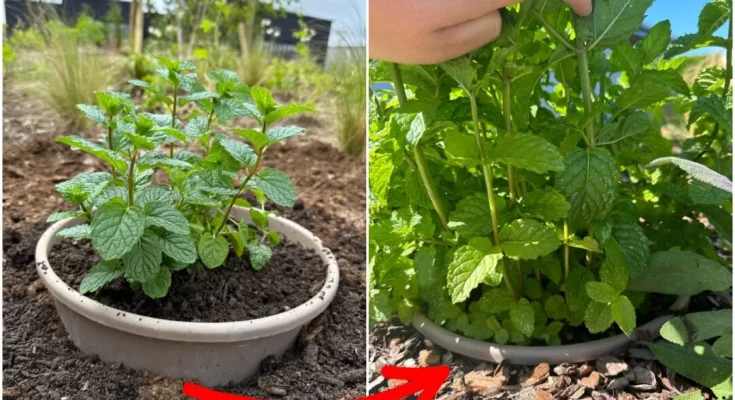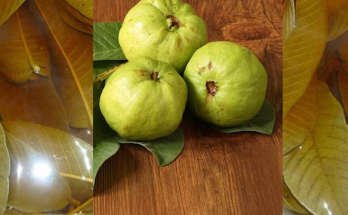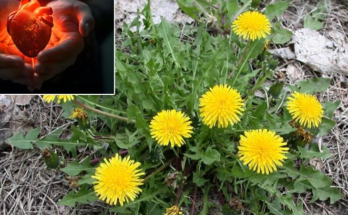Mint is a nightmare.
To the uninitiated, you’re probably scratching your head and thinking, “Really? Mint doesn’t seem so bad. Can’t you make tea with it?”
To those of us in the know, well, we’re still nursing battle scars.
Most likely, we’re still yanking up runners, too. And every time we’re served a drink with a sprig of mint in it, we hiss at it, yank it out, toss it to the ground and stomp on it. (Just me? Hmm.)
You see, mint was not made to dwell in the common garden.
Mentha, or mint, is a hardy perennial with native species on nearly every continent. It hybridizes naturally without our help, so who knows how many species there truly are. Regardless, the human race took a shine to this pungent and flavorful plant and we’ve been using it in one way or another for several millennia.

The thing is, mint was made to grow in the wild, not in our gardens.
When grown in its natural state, mint is kept in check by a diverse habitat of flora and nibbling fauna. These competing plants and critters keep mint from getting too big for its britches and balance is maintained.

But in your average home garden. Hoo boy, it’s another story altogether.
Think of your garden as a healthy society. You’ve set it up so everyone has the nutrients they need. There is plenty of space for each member of the garden. You protect your plants from pests and disease as best you can. Everyone gets along, and you grow a veritable cornucopia of veg.
(Yeah, I know, I’m rolling my eyes, too, but go along with it.)
Then, you decide to plant mint.
You’ve become quite the home mixologist and have decided you need a supply of fresh mint for syrups and garnishes to impress your friends. So, you tuck a tiny little mint seedling in the ground in the corner of your garden.
It’s fine; it won’t take up much room. You’ll pinch it back so it won’t get out of hand, besides, you’ll be using a lot of it in your home bar.
By mid-summer, your friends swear you make the best mojito in the county, and your little mint plant has bushed out nicely, thriving in its corner.
Fall arrives.
Now you’re whipping up hot toddies and pumpkin-spice cocktails, the mint forgotten with the end of Daylight Saving Time. And that’s just what your mint plant wants.
You see, you’ve unwittingly planted a tyrant in your garden society.
Not only have you brought in the enemy, but you’ve created the perfect conditions for total garden domination. Mint loves rich, well-draining soil. You know, like the kind found in a garden. It prefers full sun or partial shade, again, like in a garden. You’ve suppressed the natural checks and balances that keep mint from taking over.

Mint spreads mainly underground through rhizomes or runners that grow below the surface of your well-maintained soil. These runners produce nodes every inch or two, which sprout new leaves and stems. New mint plants pop up along these ropey rhizomes.
But you aren’t paying attention to that; it’s winter. The frost killed off everything, and all the perennials are dormant.
Oh really, my friend?
Mint is pretty hardy, growing all the way up in USDA zone 2. It can survive winters as cold as -20F.
So, while you’re learning how to make artisanal eggnog from scratch, your mint is spreading under the ground all winter long. If you hear a villainous “Mwuhahaha!” on the chill December wind, it’s probably your mint.
And at that point, it’s too late.
Next spring, when you head out to the garden, having switched to mocktails because that New Year’s Eve party was a doozy and Dry January turned into Sober Curious Spring, that’s when you see it.
Mint.
Everywhere.

Sure, in the corner where you planted it, but also on the other side of the garden, in your walkways…everywhere. And no matter how many times you pull it up, it just keeps coming back because you missed one tiny, sneaky rhizome hiding in the soil.
But There Is a Solution!

Don’t become a home bartender.
No, no, no.
There is a safe way to grow mint without it taking over your garden – grow it in a pot and bury it. Yes, of course, you could simply grow it in a container, but remembering to water it is a pain. Also, if the pot is small, there’s a chance the roots could freeze, and it won’t come back the next year. (It can be killed!)

Instead, plant your mint in a one or two-gallon pot and bury the pot in your garden. However, if you want mojitos without world domination, you need to leave the top three inches of the pot above the soil. This will prevent rhizomes from creeping out and into the garden at large.
Even with this safety barrier, it’s a good idea to check your mint periodically and clip any runners trying to make a break for it over the lip of the pot. (They tend to show up in drier weather.)

For the best results, I highly recommend you use a terracotta pot.
The clay will absorb moisture from the soil, which will keep your mint looking good during periods without rain.
Plastic pots tend to be thin, becoming brittle and breaking apart when the ground freezes. In the spring, this allows the mint to escape through the cracks in the pot. Not to mention, terracotta pots won’t be leaching chemicals into the surrounding soil.

This is one instance where you’ll want to plug the drainage hole. (Terracotta is porous, allowing moisture in and out of the pot, so root rot is less of a worry.) You want to cut off this final escape route for eager rhizomes.

By burying mint in a pot in your garden, you can enjoy the look of this handsome plant among your other herbs and vegetables without the worry that it will take over. As the old saying goes, “Good fences make good neighbors,” and it’s high time mint learned to respect boundaries.



